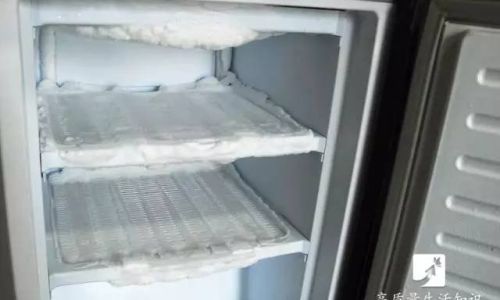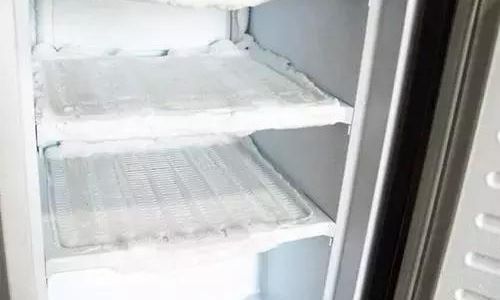Reheating fish pulled straight from the refrigerator can feel like a culinary tightrope walk. Too little time in the microwave, and you risk a cold, unappetizing center. Too much, and you’re left with a rubbery, dried-out mess. The key lies in understanding the interplay between your fish’s thickness, the microwave’s wattage, and the type of fish you’re working with. This article dives deep into the science and practicality of reheating refrigerated fish, offering actionable tips to ensure your meal retains its flavor, texture, and safety.
The Science Behind Microwaving Fish
Microwaves heat food by exciting water molecules, generating friction that produces heat. Fish, being a lean protein with high moisture content, reheats relatively quickly—but this same moisture can evaporate rapidly if not managed properly. The challenge intensifies with refrigerated fish, as the cold temperature slows molecular activity, requiring more time or energy to reach the desired warmth.

Fat content also plays a role. Fatty fish like salmon or mackerel retain moisture better than lean varieties such as cod or tilapia, but their higher oil content can lead to uneven heating if not monitored. Additionally, the density of the fish (e.g., a thick fillet vs. a thin cutlet) affects how heat penetrates the flesh.
Factors Determining Microwave Time
-
Fish Type and Thickness:
- Thick Fillets (1+ inch): Require 3–5 minutes on medium power (50–70% wattage).
- Thin Fillets (½–1 inch): Need 2–3 minutes.
- Fatty Fish: May cook slightly faster due to heat-conductive fats.
- Breaded/Battered Fish: Add 1–2 minutes, but use lower power to avoid sogginess.
-
Microwave Wattage:
- High Wattage (1000+ watts): Reduce time by 20–30% to prevent overcooking.
- Medium Wattage (700–900 watts): Standard reheating time applies.
- Low Wattage (500–700 watts): Increase time by 15–20%.
-
Container and Covering:
- Use a microwave-safe dish with a lid or vented plastic wrap to trap steam, preventing moisture loss.
- Avoid metal containers or aluminum foil, which can cause sparks.
-
Initial Temperature:

Fish taken directly from the refrigerator (40°F/4°C) will need more time than room-temperature leftovers.
Step-by-Step Reheating Guide
-
Prep the Fish:
- Remove any packaging and place the fish in a microwave-safe container.
- For dry fish, add a teaspoon of water, broth, or lemon juice to the dish to boost moisture.
-
Cover and Vent:
Seal the container with a lid or microwave-safe wrap, leaving a small gap to allow steam to escape. This prevents pressure buildup while retaining humidity.
-
Set Power and Time:

- Start with 50% power to gently warm the fish without drying it out.
- Initial interval: 1 minute per fillet. Check temperature and adjust.
- Thicker cuts: Flip the fish halfway through reheating to ensure even heating.
-
Check for Doneness:
- Insert a food thermometer into the thickest part; the internal temperature should reach 145°F (63°C).
- If using a fork, the fish should flake easily but remain moist.
-
Resting Period:
Let the fish sit for 1–2 minutes after microwaving. Residual heat will continue cooking it gently.
Common Pitfalls and How to Avoid Them
-
Dry, Rubbery Texture:
- Cause: Overcooking or high power settings.
- Fix: Use lower power (30–50%) and shorter intervals (30 seconds each), checking frequently.
-
Cold Center:

- Cause: Uneven thickness or insufficient time.
- Fix: Arrange thicker parts toward the edge of the plate (where microwaves are stronger) and extend time by 30-second bursts.
-
Fishy Odors:
- Cause: Overheating or trapped smells in the microwave.
- Fix: Place a small bowl of vinegar or lemon slices in the microwave during reheating. Clean the microwave afterward with a baking soda paste.
-
Uneven Heating:
- Cause: Microwave “hot spots.”
- Fix: Rotate the dish halfway through reheating or use a microwave crisper pan for better heat distribution.
Fish-Specific Reheating Times
| Fish Type | Thickness | Microwave Time (Medium Power) | Notes |
|---|---|---|---|
| Salmon (fatty) | 1 inch | 2:30–3:00 mins | Add 15 secs for thicker cuts. |
| Cod (lean) | ½ inch | 1:30–2:00 mins | Check for flakiness. |
| Shrimp (shelled) | N/A | 1:00–1:30 mins | Stir halfway. |
| Breaded Fish | ¾ inch | 2:00–2:30 mins | Lower power to avoid sogginess. |
Advanced Tips for Perfect Results
- Brine Before Reheating: Soak dry fish in salted water for 5 minutes to rehydrate.
- Add a Fat Layer: Top with a pat of butter or olive oil before microwaving to lock in moisture.
- Use a Sushi Rice Trick: Place the fish on a damp paper towel to mimic steam cooking.
- Avoid Overcrowding: Leave space between fillets for even heating.
When to Avoid the Microwave
While microwaves are convenient, they’re not ideal for all scenarios:
- Delicate Fish: Flaky species like sole or halibut may disintegrate.
- Crispy Coatings: Breaded or fried fish loses texture; opt for an oven or air fryer instead.
- Large Quantities: Reheating more than two fillets at once risks uneven heating.
Safety First: Avoid Foodborne Illness
- Refrigerate Promptly: Store cooked fish within 2 hours of cooking.
- Reheat Once Only: Repeated reheating increases bacterial risk.
- Check for Spoilage: Discard fish with an off smell, slimy texture, or dull color.
Conclusion
Reheating refrigerated fish in the microwave is a balance of science and patience. By adjusting for wattage, thickness, and fish type, you can transform leftovers into a satisfying meal without sacrificing quality. Remember: low-and-slow heating, strategic covering, and vigilant monitoring are your allies. Experiment with these guidelines to find what works best for your microwave and taste preferences. Whether you’re savoring a salmon fillet or a cod steak, a little know-how ensures your seafood stays safe, succulent, and delicious. Bon appétit!





0 comments